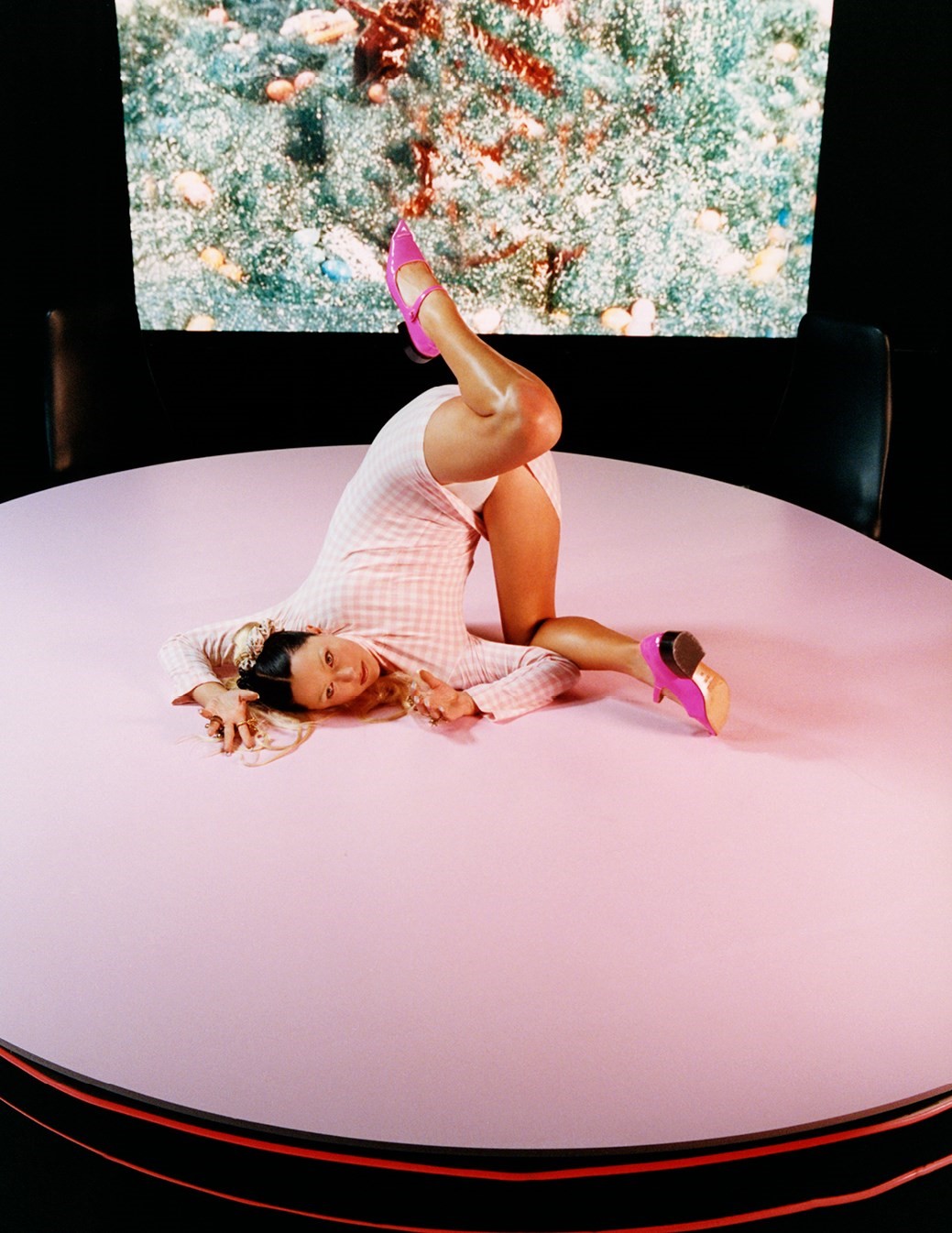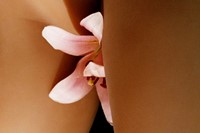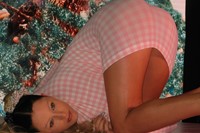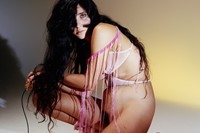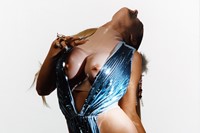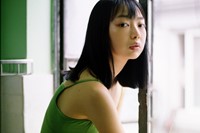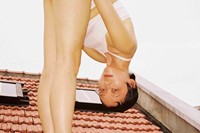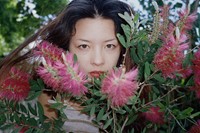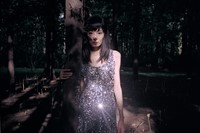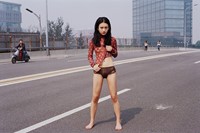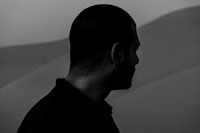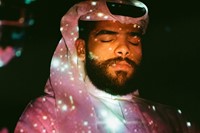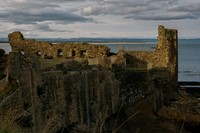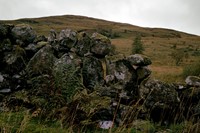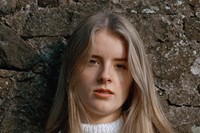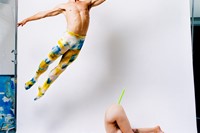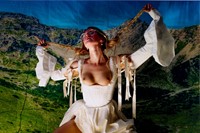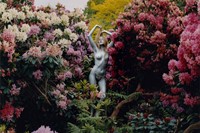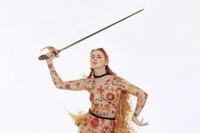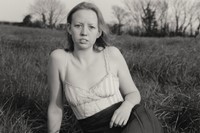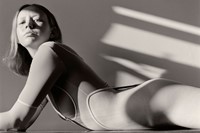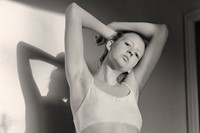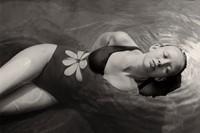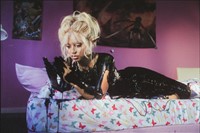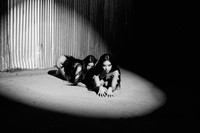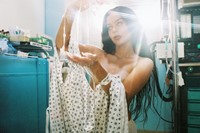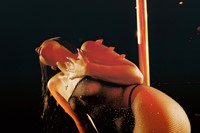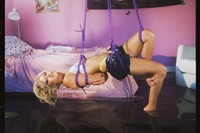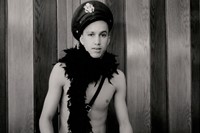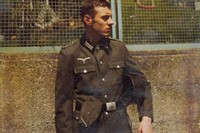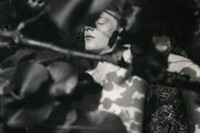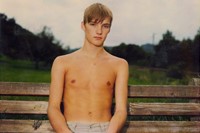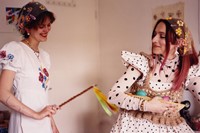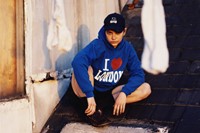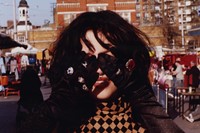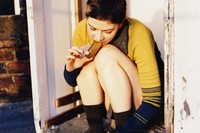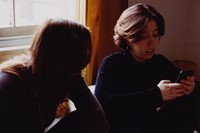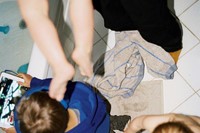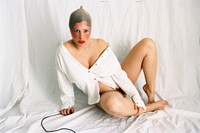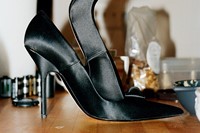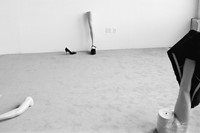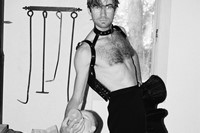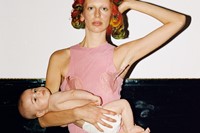It’s been almost 50 years since film theorist Laura Mulvey, in her groundbreaking essay Visual Pleasure and the Narrative Cinema, coined ‘the female gaze’ term while analysing how sexual difference pervaded through the ‘phallocentrism’ of filmmaking. “Women are simultaneously looked at and displayed, with their appearance coded for strong visual and erotic impact so that they can be said to connote to-be-looked-at-ness,” Mulvey observed. “She holds the look, plays to and signifies male desire.”
Nearing the end a year fraught with violent attacks on women’s rights – from the US Supreme Court’s reversal of Roe v Wade to the death of 22-year-old Mahsa Amini at the hands of Iranian morality police – the need for visual work helmed by women has seldom felt more urgent.
Through sun-dappled portraits, vast landscapes and fantastical compositions, the photographers below confront generational chasms, sexual archetypes and ideals of beauty and heroism with humour, flair, and unflinching intimacy. Beyond being welcome respites from a cultural landscape that often remains tethered to the male ego, these stories speak volumes on the bonds we share with women across cultures and geographies, with female figures real and imagined.
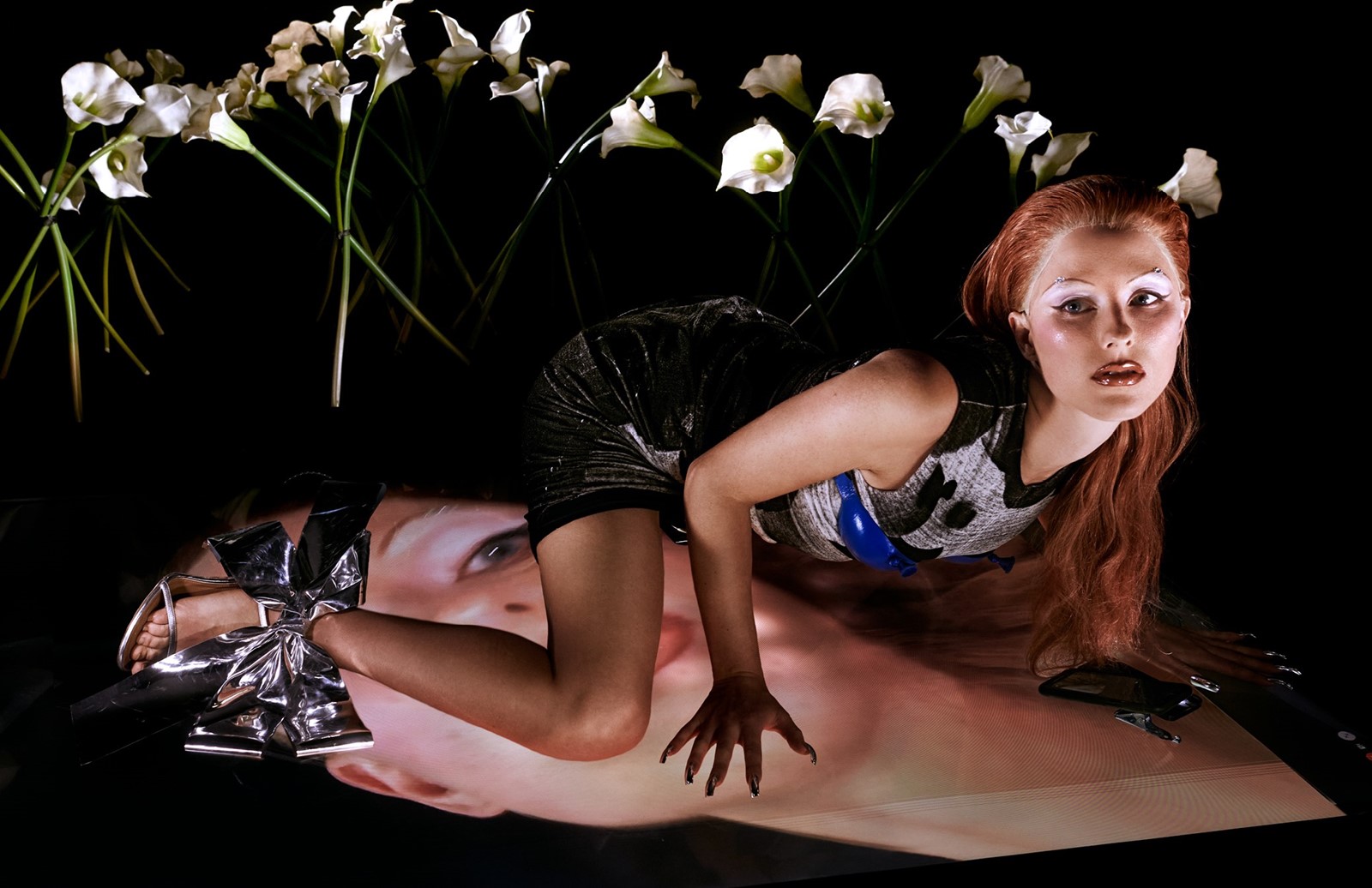
Beauty Papers by Harley Weir
In her new photo book published by Beauty Papers, Harley Weir stepped in front of the camera for the first time. Alongside pictures of sex dolls, the acclaimed British photographer dons stripper heels, a gimp suit and a men’s suit to confront the ways in which women are fed unattainable beauty ideals. But imperfections – visible tampon strings and broken high heels – stress that it’s all a painful artifice. “Beauty is so artificial now,” she says. “I think imperfections are sexy. Grotesqueness should be a part of beauty … it’s all connected.”
Read AnOther’s interview with Harley Weir here.
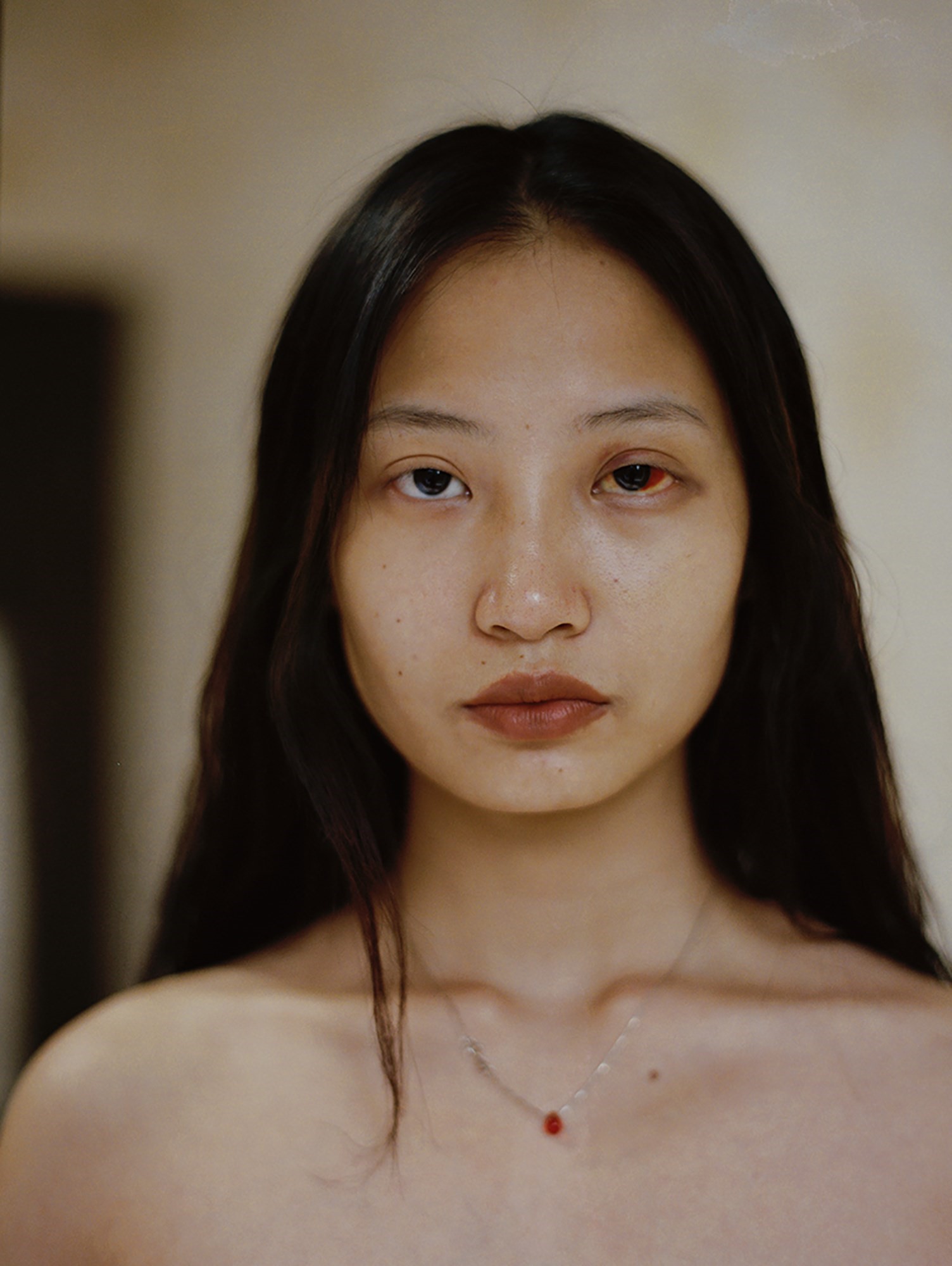
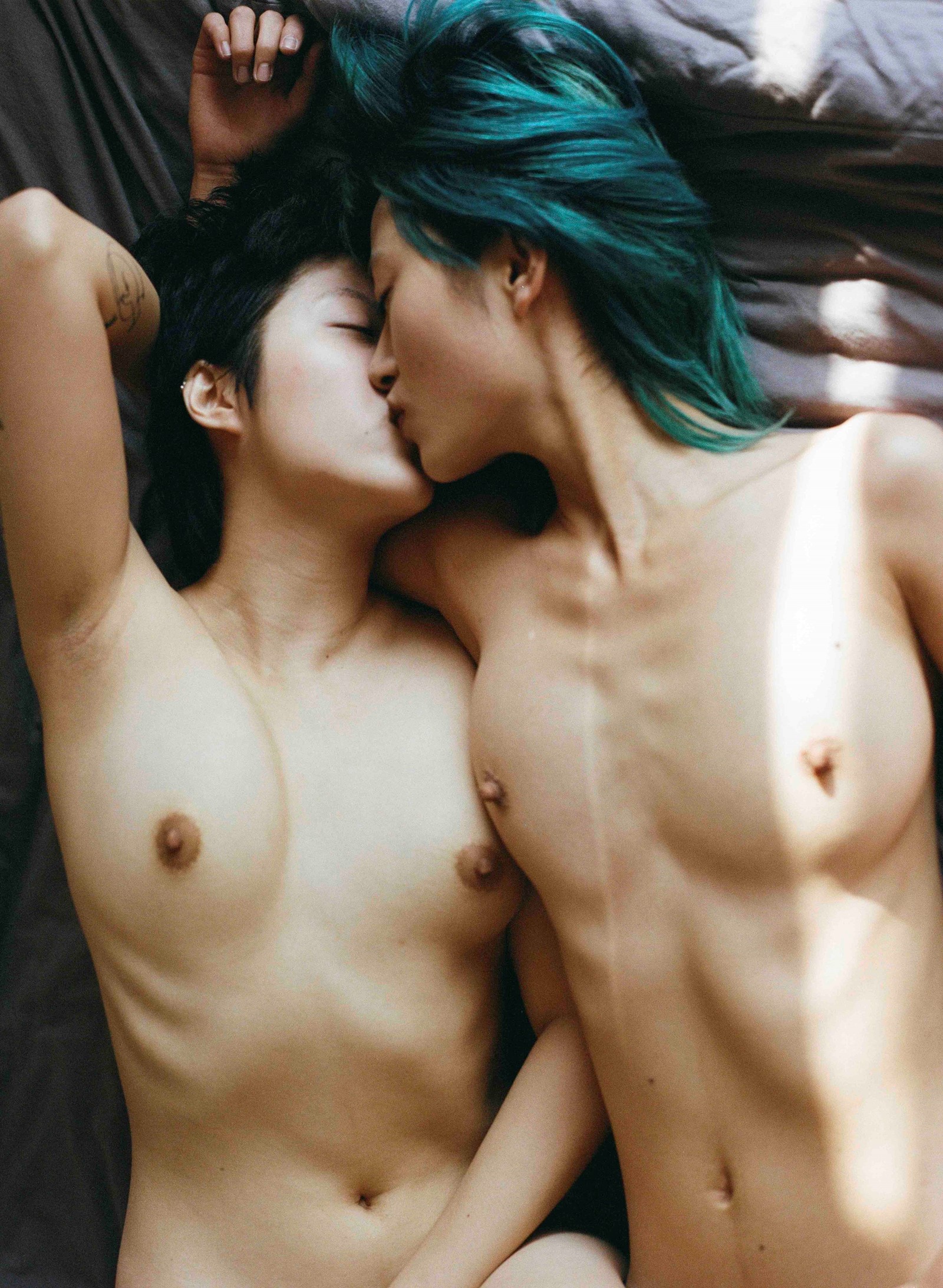
Carpe Diem by Luo Yang
Through her first photo series, Girls, Chinese photographer Luo Yang proved herself a rising star through intimate portraits of over a hundred women as they grew into adulthood. This year, the series was published in her book Carpe Diem alongside Youth, her second major series documenting China’s bold and brave Generation Z and the ways in which individual and collective identities are quietly resisting societal norms and conventional values. “I hope the photos are able to connect and speak to their audience, make them feel touched, comforted and encouraged that we all share something in common,” she says.
Read AnOther’s interview with Luo Yang here.
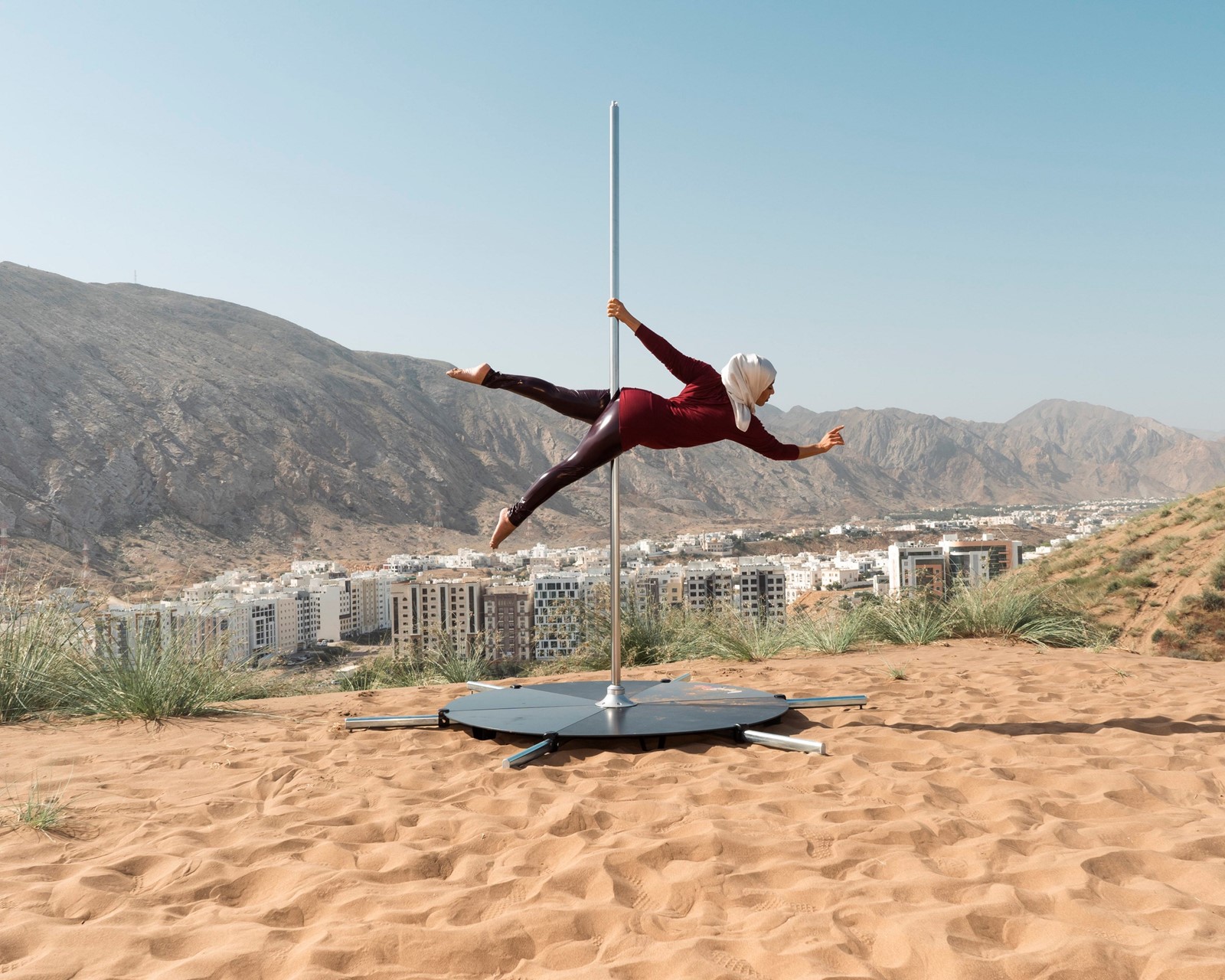
The Earth Would Die If The Sun Stopped Kissing Her by Eman Ali
Named after 12th-century Persian poet Hafez’s The Sun Never Says, Ali’s series of surrealist, cinematic dreamscapes was born of a month-long road trip in her native Oman. The photos depict the deep ties and tensions between human beings and their land, while challenging the norms and stereotypes Arab women are subject to around the world. “It was a return to the explorative nature of photography,” she says. “I want to offer an alternative representation of the Arab woman.”
Read AnOther’s interview with Eman Ali here.
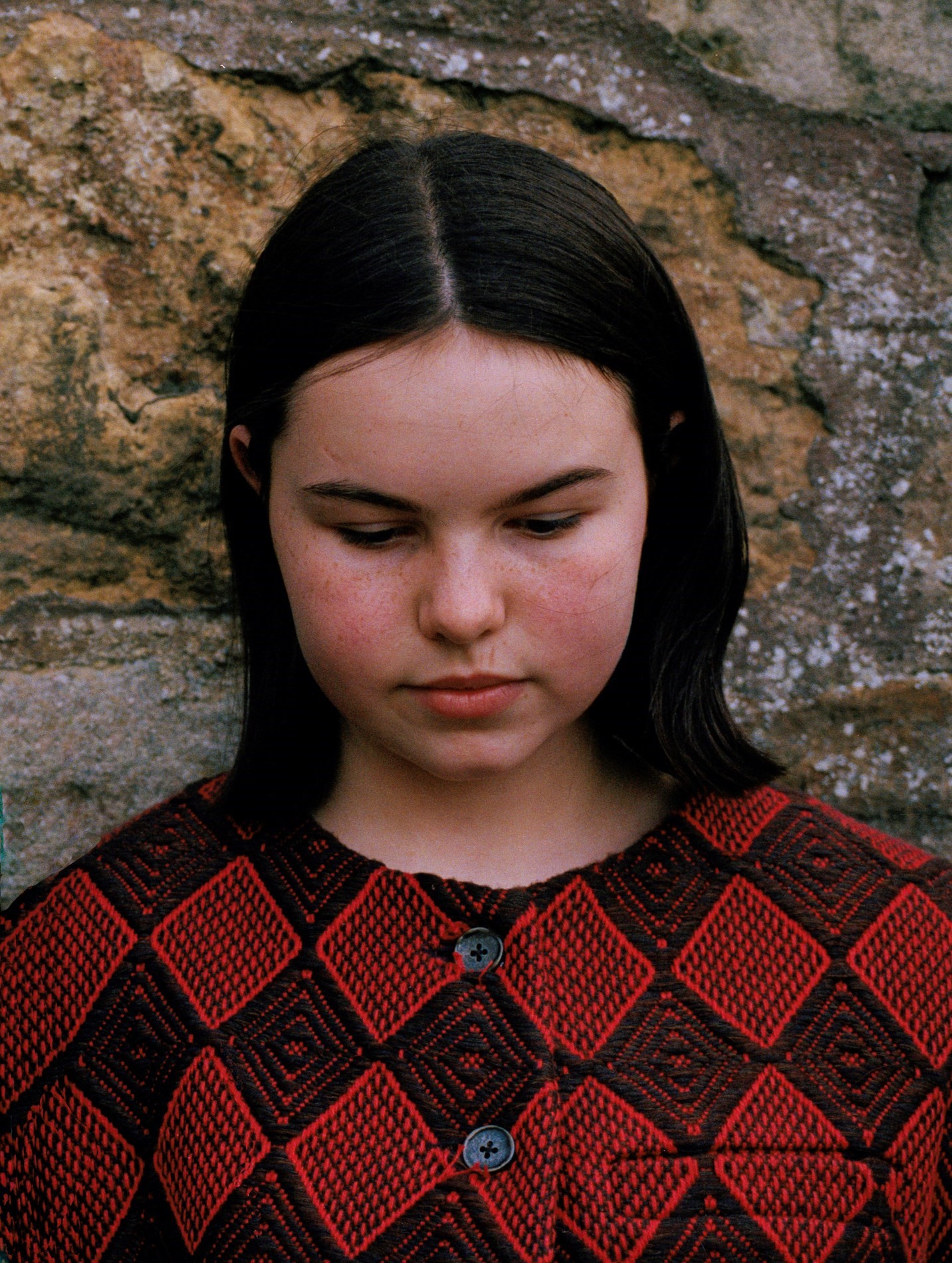
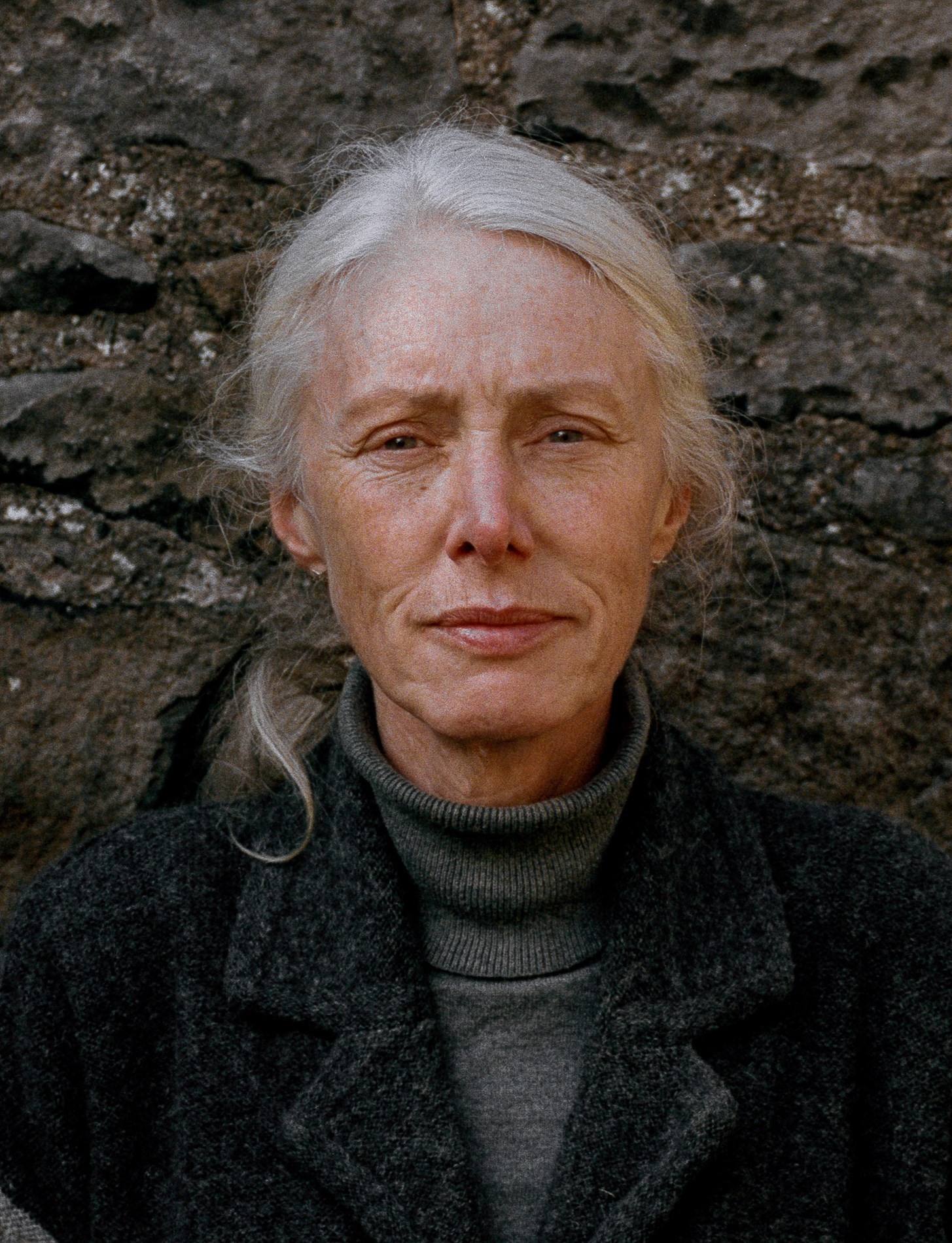
Scotland by Sophie Wedgwood and Cristina Firpo
The expanse of the Scottish highlands inspired photographer Sophie Wedgwood and Cristina Firpo, a stylist, to focus on the seaside town of St Andrews and the people who call it home. The duo joined forces with street casting director Lisa Dymph Megens to create portraits and landscapes that authentically convey a sense of place and time, with a wardrobe heavy in Scottish knitwear that complements and mirrors the textures of the natural landscapes as well as the collective identity of the subjects and inhabitants. “In these images it feels like the rocks, trees, rivers, the people, eventually blend together to make a landscape in which each is a part of the whole,” says Wedgwood.
Read AnOther’s interview with Sophie Wedgwood and Cristina Firpo here.

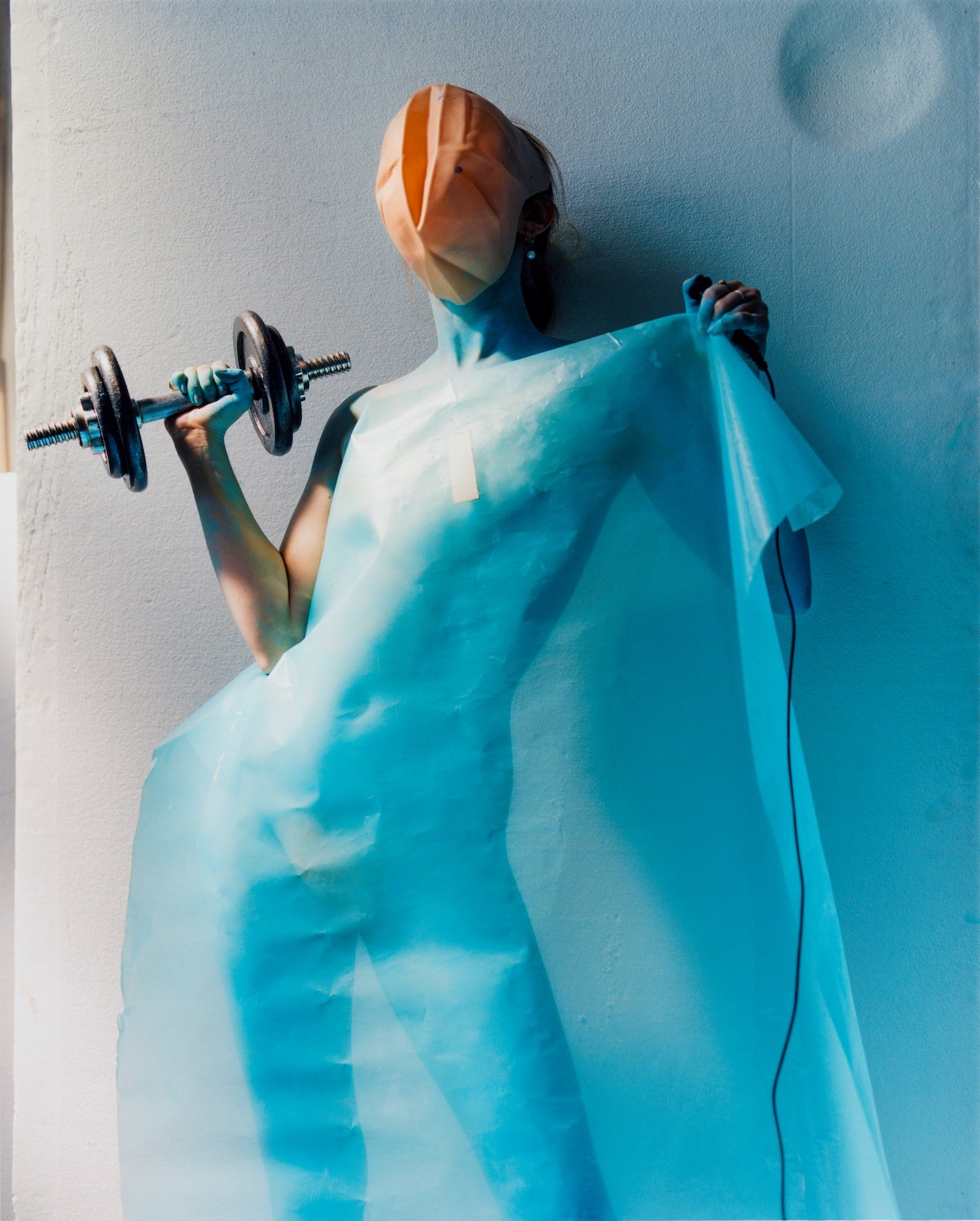
Self (WIP) by Steph Wilson
London-based photographer Steph Wilson’s ongoing series of nude self-portraits literally holds a mirror up to the female self. The photographer transforms into a number of real and imagined characters spanning the silly, surreal and ethereal, therein confronting the tropes around female nudes the male gaze too often simplifies or confines to the erotic. Looking ‘ridiculous,’ ‘ugly’ and ‘sluttish’ is her way of dismantling these limits. “I want to see women who don’t give a shit about looking shit,” she says.
Read AnOther’s interview with Steph Wilson here.
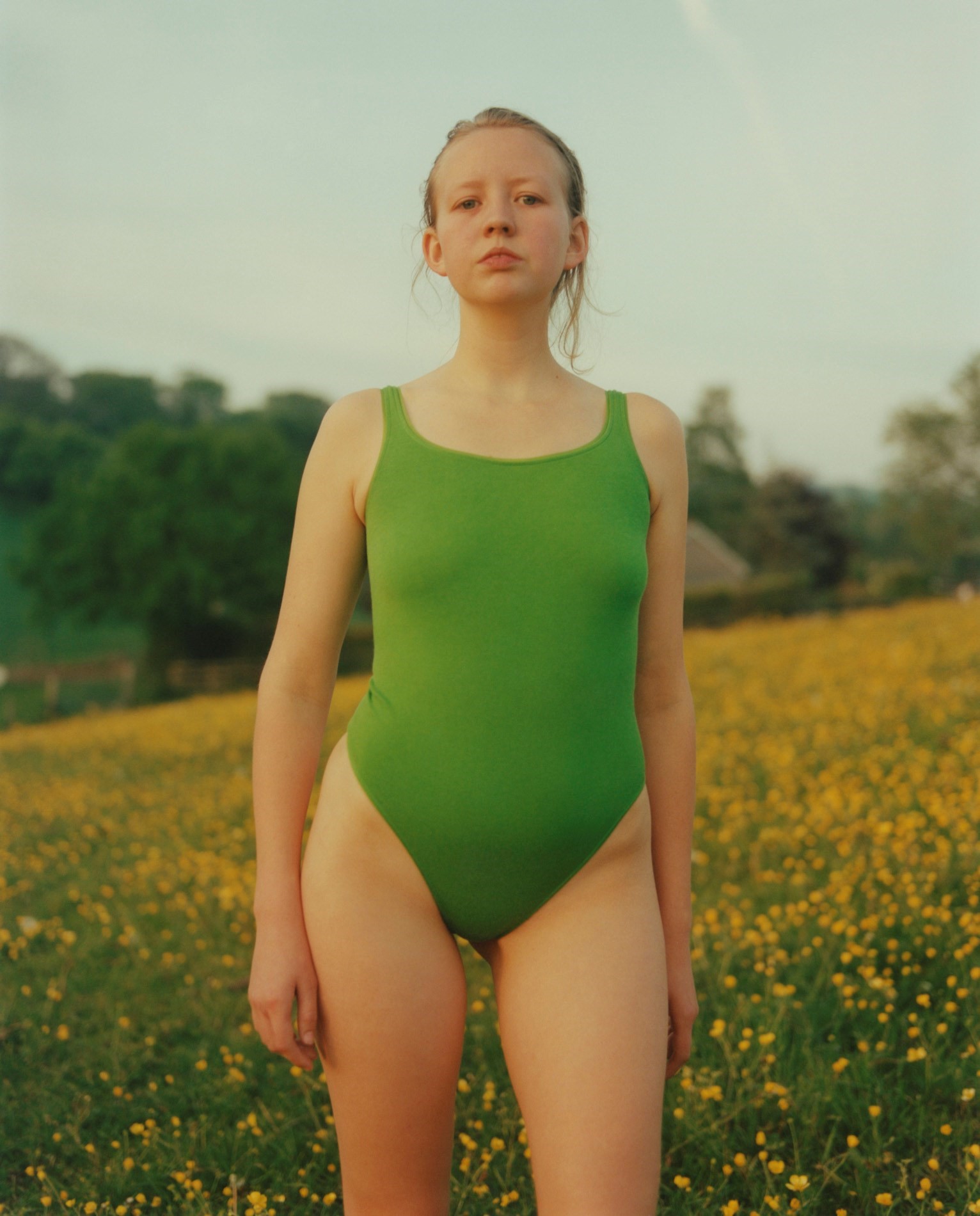
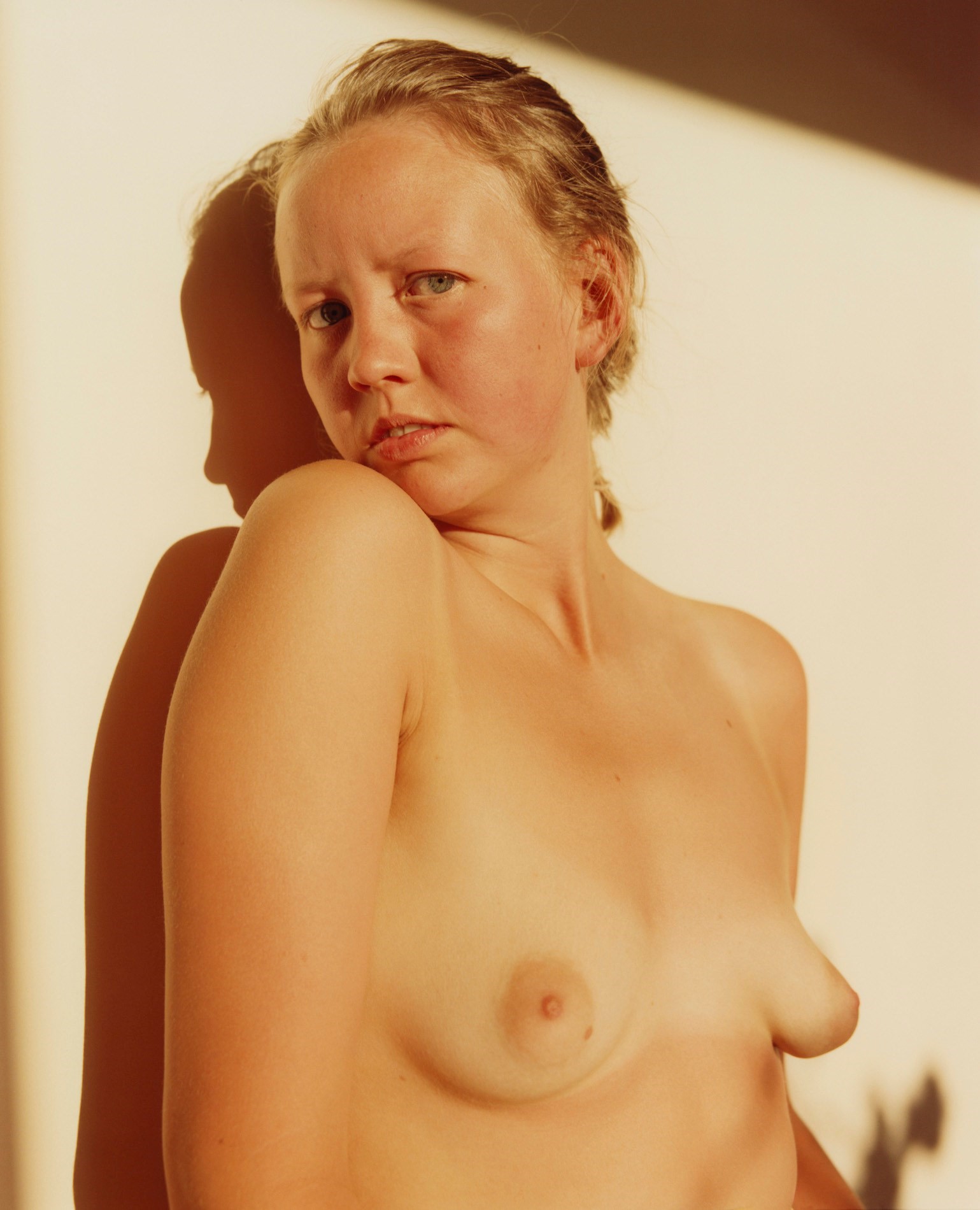
I’d like to get to know you by Francesca Allen
Empathetic and intimate to the extreme, Francesca Allen’s photo book captures her younger sister Alida during a sun-drenched summer spent at their mother’s house in Devon. Backgrounded by rivers, poppy fields and sunsets, the series makes for a nuanced telling of adolescence and female friendship and helped bring Francesca and Alida (aged seven years apart) closer together. “It felt like we were on equal terms for the first time, which was difficult to navigate at points,” says Allen. “I hope you can see how much I love her through these images.”
Read AnOther’s interview with Francesca Allen here.
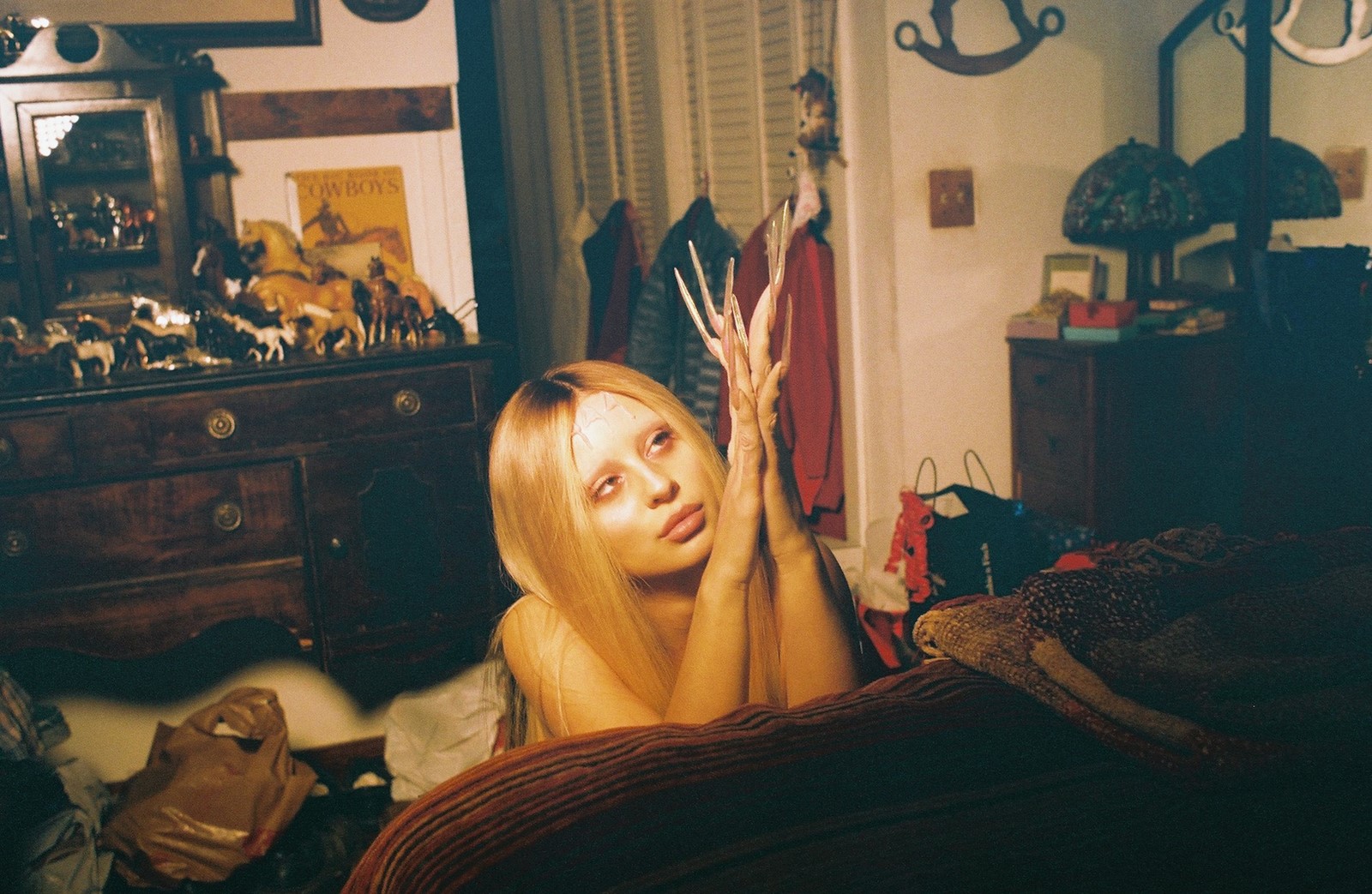
Fairy Tales by Petra Collins and Alexa Demie
Fairy Tales came about in the summer of 2020, when Canadian photographer Petra Collins and American actress Alexa Demie bonded over a fascination with folklore and began concocting a fantastical world populated by elves, witches and banshees. The resulting book, published by Rizzoli and starring Demie in various guises, saw the duo turn traditional fantasy tropes – from the objectified damsel in distress to the sexually villainized siren – on their heads. “I started creating work as a teenager … I was constantly trying to figure out where I sit in the world, what my sexuality means to me, and how to subvert it and take it back,” says Collins. “I’ve been trying to work through that and it’s never ending.”
Read AnOther’s interview with Petra Collins here.
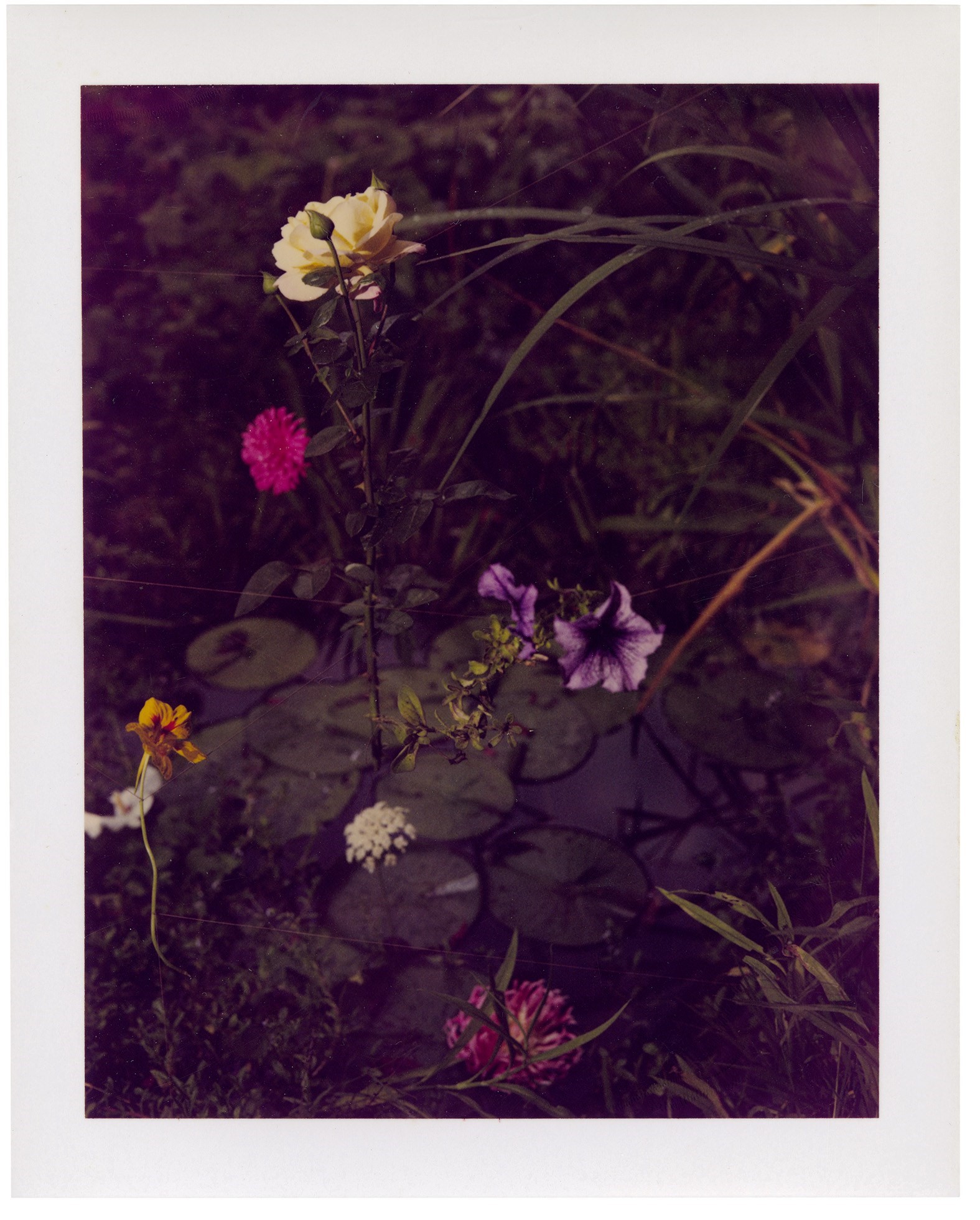
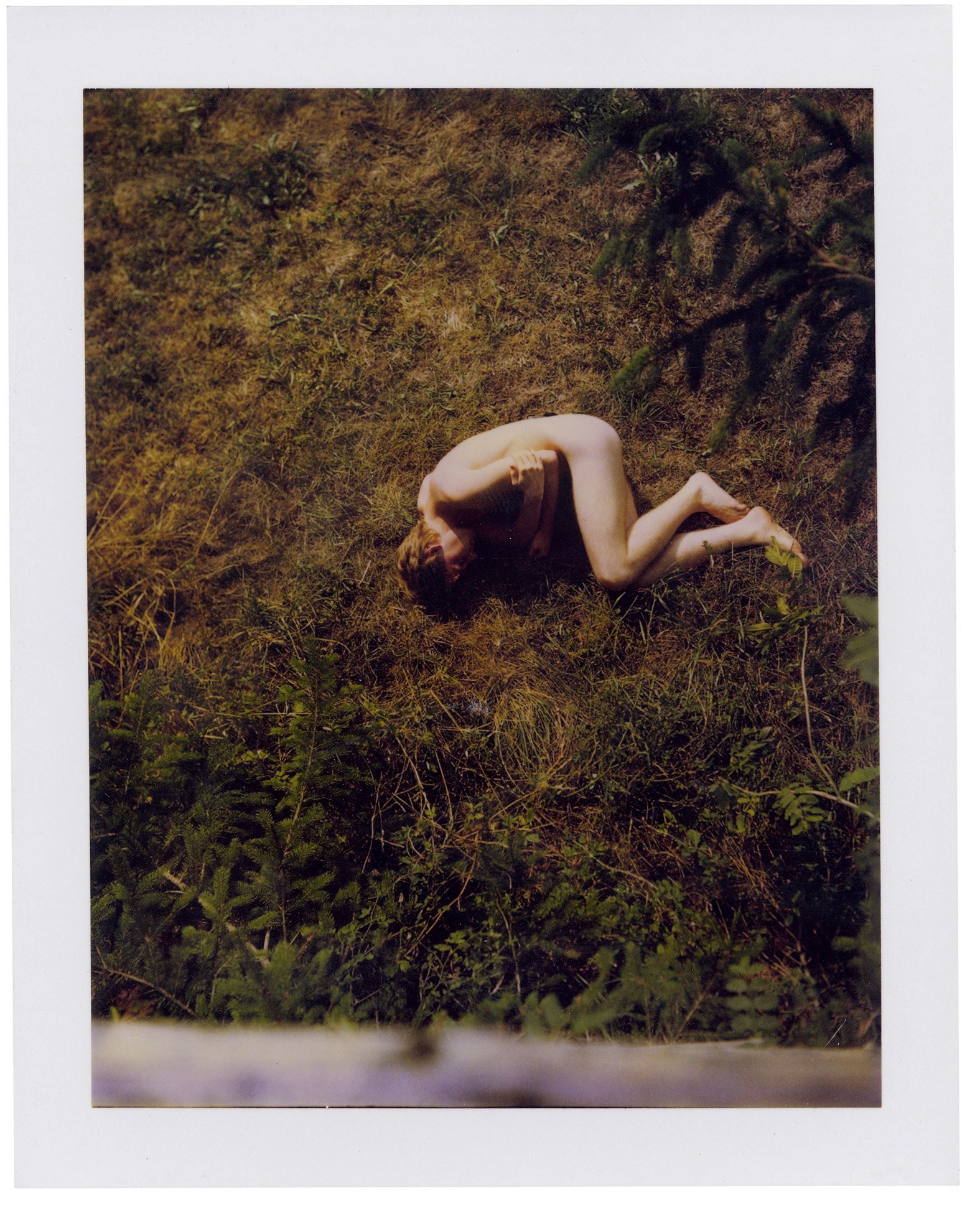
August by Collier Schorr
The third in a series of books by the American fashion photographer, August sees Collier Schorr return to Schwäbisch Gmünd, the German town that captured her imagination after a love affair in the 1990s. Polaroids of still lifes and adolescents are her way of capturing a very specific kind of masculinity. For Schorr, who arrived in the town young, Jewish and queer, the photographs helped make sense of history; subjects are dressed in German army uniforms and sometimes Nazi insignia, creating a compelling and cathartic power play with “a piece of history that feels forever rippling.”
Read AnOther’s interview with Collier Schorr here.
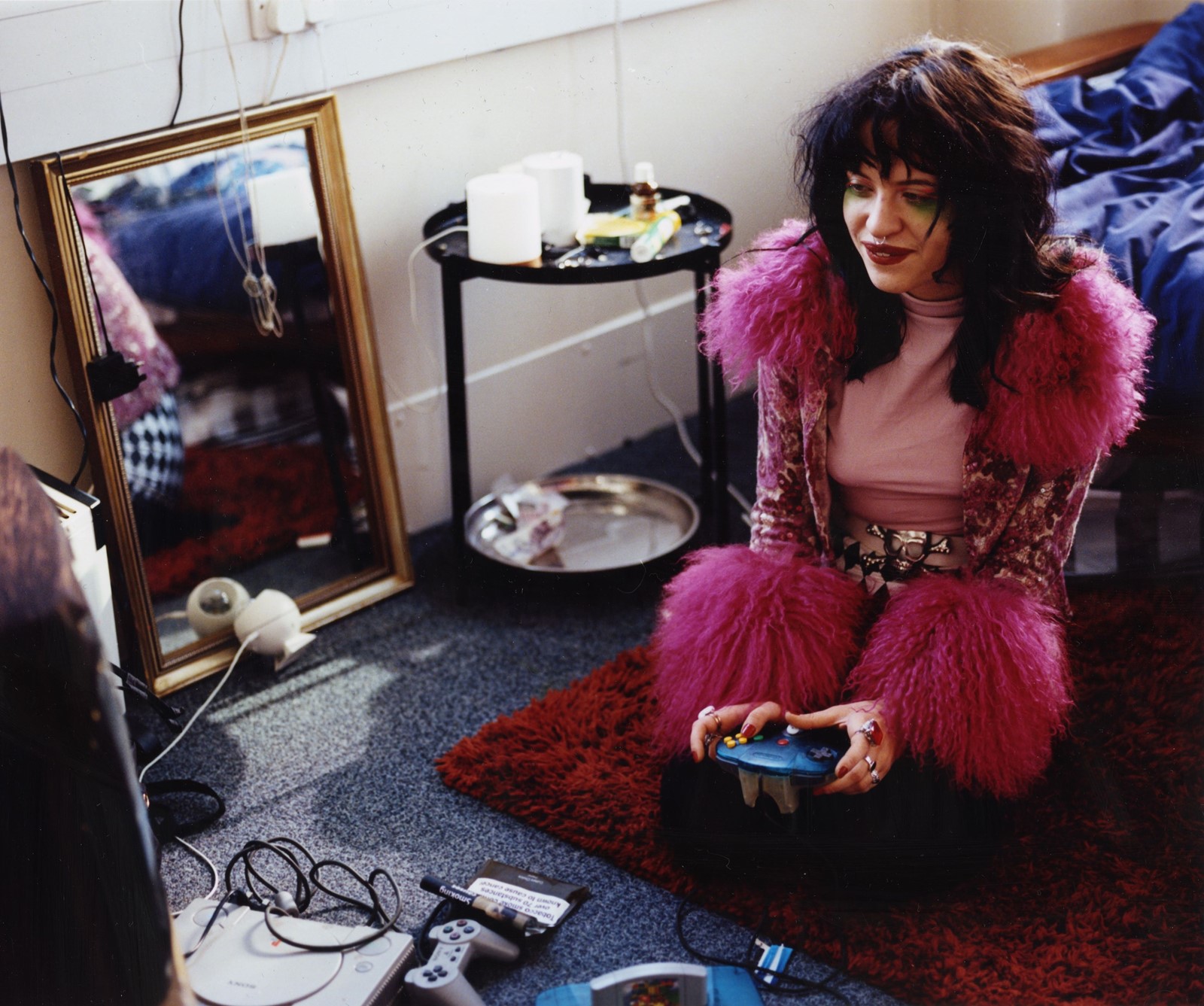
My Favourite Slavs in London by Johana Kasalicka
In capturing Central and Eastern European youth in the UK, Johana Kasalicka’s documentary series bottles a cocktail of emotions. The photos, which feature her friends dining, resting and gaming in casual and joyous get-ups, are an intimate look at friendships forged abroad, and a celebration of Central and Eastern European experiences. Though Kasalicka came to understand the severity of xenophobia against such groups while interviewing her friends, the series aims not to focus on the obstacles they face, but rather convey an alternative representation of an often othered community.
Read AnOther’s interview with Johana Kasalicka here.
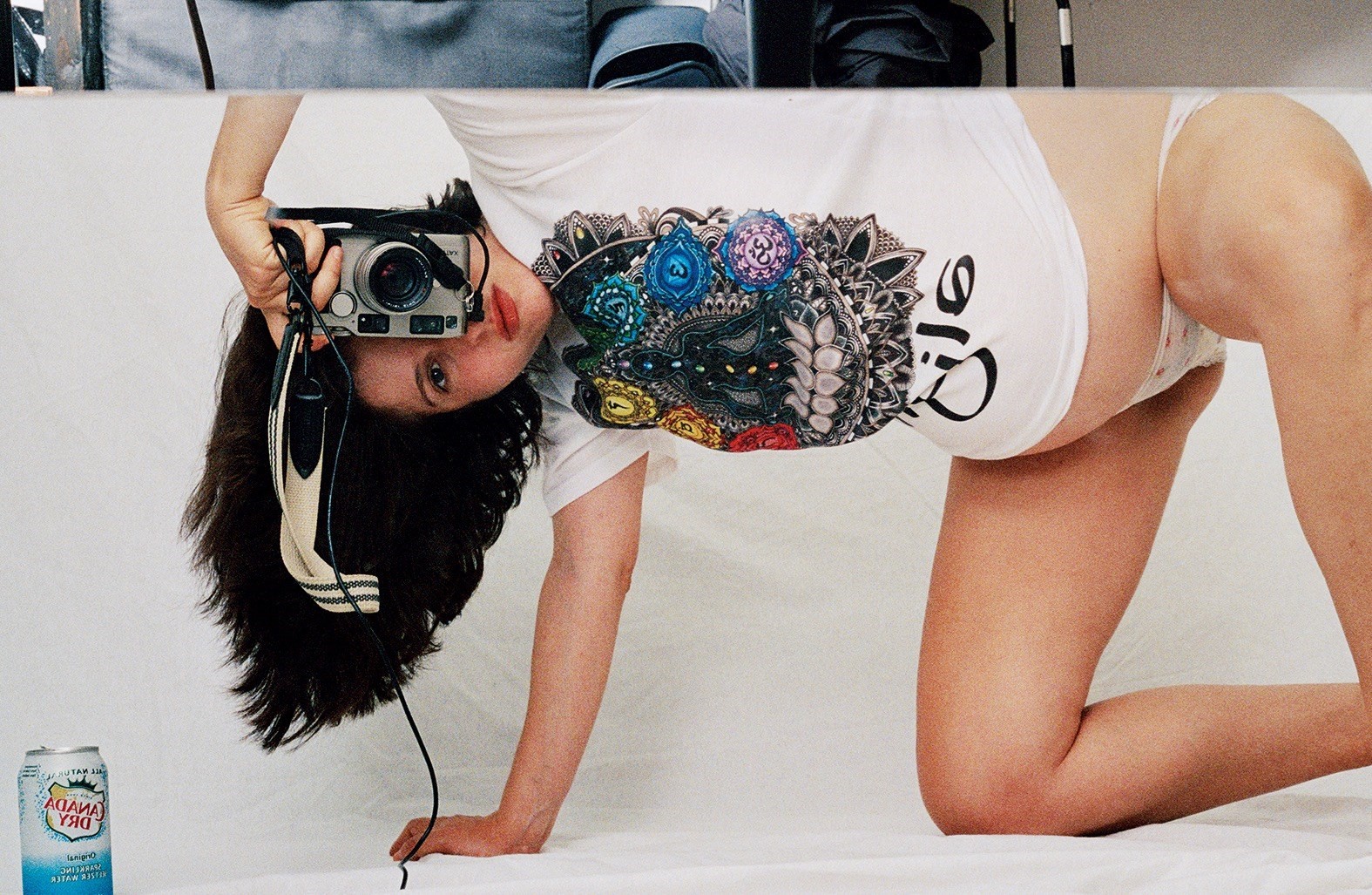
Joke by Talia Chetrit
In Talia Chetrit’s aptly named book, readers can enjoy a ‘family photo’ of her son Roman and husband Denis, the latter sporting a Gucci body harness and ruffled skirt, as well as an image of her C-section. Provocative and witty, the New York-based photographer’s new body of work plays on the choices modern mothers must make, including questions around sharing images of their children. Bringing together clothes and accessories by Chanel and Telfar, BDSM references and babies is Chetrit’s way of tackling the judgements and perceptions of motherhood, sexuality and propriety. “I am genuinely surprised when people find things like the vagina pictures shocking,” says Chetrit. “What’s more surprising is that a vagina can still be shocking.”
Read AnOther’s interview with Talia Chetrit here.
